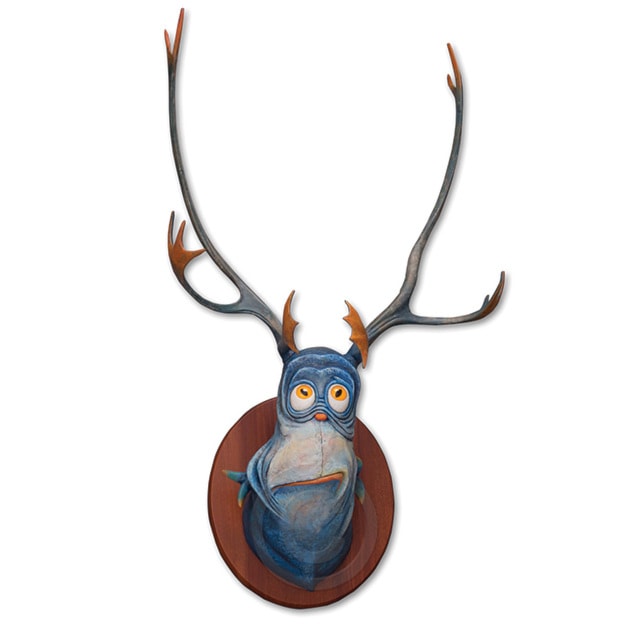Theodor Geisel may be one of the most famous artists in North America that few people know about.
While his original claim to fame was probably his series of Dr. Seuss books for children, Geisel was involved in many different aspects of media, from documentary films to advertisement marketing campaigns.
His interest in art was reflected in the Dr. Seuss books, but he gave his wife permission that, after his death in 1991, she could release his personal collection of work that he had done for himself over the course of his life, much of it reflecting his famous Dr. Seuss characters.
Art investment collectors are expected to take a keen interest in the exhibition and sale of limited editions of his personal art archive, being presented from now until July 23, 10 a.m. to 8 p.m. daily, at the Delta Grand Okanagan Resort and Conference Centre in downtown Kelowna by the Calgary-based firm ArtEvolution.com.
The company just finished a similar exhibition and sale for limited edition artworks of Salvador Dali, which was hosted at Sandhill Winery in Kelowna.
Christopher Talbot, president and founder of ArtEvolution, said it is astounding how Geisel’s artistry has grown in value from original edition releases, which remain tightly controlled by his estate.
“I would call his art work as an investment as solid as a rock,” Talbot said. “Prints that originally were sold for $1,800 are now presently valued at $30,000. It’s amazing to see what has happened.”
Talbot credits both the audience of Dr. Seuss, books read by more than a billion people, along with rigid control of the limited edition artworks that are released to art buyers.
“There are more buyers than there is product and that creates a demand for the product and accelerates its value,” Talbot said.
Geisel was born to German parents in 1904 and was often teased about his heritage at school. He began drawing as a child, and contributed to school magazines as a teenager.
Geisel attended Dartmouth College where he was voted the person most likely to succeed.
After graduation, he went to Oxford to become a doctor, something his father wanted him to do, but soon after dropped out to pursue a career as an artist.
That part of his career led him into drawing political cartoons, working for magazines and on major advertising marketing campaigns.
He worked as a political cartoonist, creating more than 400 cartoons that took aim often at issues such as racism, inflation, taxes and anti-Semitism.
The title of Dr. Seuss came from Geisel’s middle name combined with his father’s wish for him to become a doctor.
His first children’s book, And To Think That I Saw It On Mulberry Street, in 1937 was originally rejected by 27 publishing companies.
During the Second World War years, Geisel turned his attention to making training and propaganda documentaries for the United States Army, including Design For Death which later won an Academy Award for best documentary.
After the war, he returned to writing children’s books, but with symbolic messages related to racism, protecting our environment and lessons from history contained throughout the Dr. Seuss collection.
The Cat In The Hat addressed child literature issues by writing a beginner’s reading book using only 236 words. Following up on a challenge from his publisher, he wrote Green Eggs And Ham using only 50 words.
Talbot added that from admission donations collected from the Dali exhibition and sale and the support of his sponsors, he plans to make a donation of art supplies to a local arts program that works with under-privileged children.
